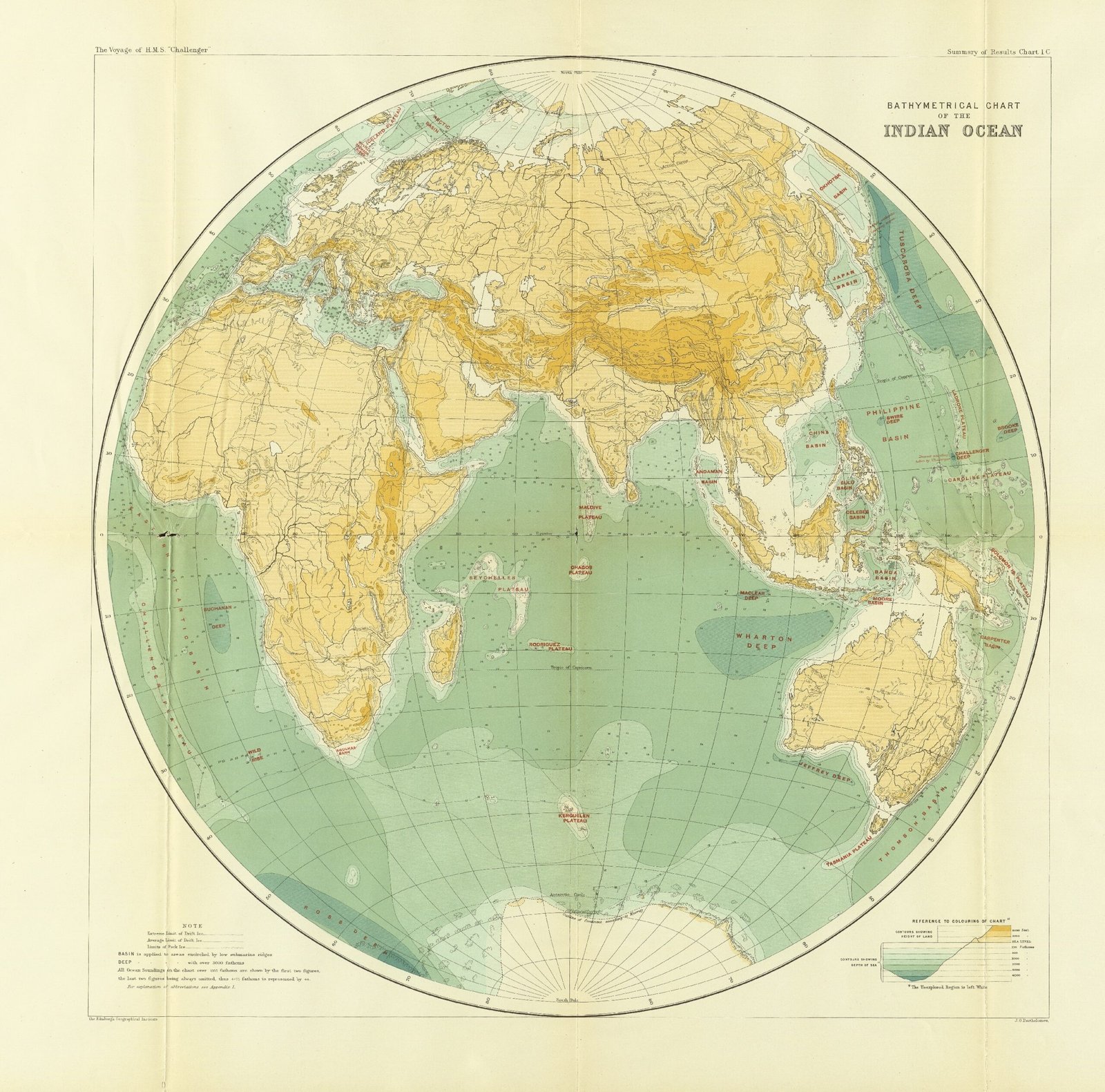Introduction
Weather maps are an essential tool for meteorologists and weather enthusiasts alike. They provide valuable information about current weather conditions, as well as insights into future weather patterns. One crucial aspect of weather maps is the analysis of atmospheric pressure patterns. By understanding these patterns, we can make predictions about weather changes and identify potential weather hazards. In this article, we will explore how to interpret weather maps and analyze atmospheric pressure patterns effectively.
Understanding Atmospheric Pressure
Atmospheric pressure refers to the force exerted by the weight of the air above a particular location. It plays a vital role in determining weather conditions. High-pressure systems are associated with fair weather, while low-pressure systems often bring unsettled or stormy conditions. By analyzing the distribution of atmospheric pressure on a weather map, we can gain insights into the overall weather patterns.
Interpreting Isobars
Isobars are lines on a weather map that connect points of equal atmospheric pressure. They help us visualize the distribution of pressure across a given region. By examining the spacing and shape of isobars, we can identify areas of high and low pressure. When isobars are closely spaced, it indicates a steep pressure gradient, suggesting strong winds. Conversely, widely spaced isobars suggest a weak pressure gradient and calmer winds.
Identifying High-Pressure Systems
High-pressure systems, also known as anticyclones, are characterized by descending air. On a weather map, they are typically represented by large, circular isobars. The center of a high-pressure system is denoted by an “H” symbol. In these systems, air sinks, leading to stable atmospheric conditions. As a result, high-pressure systems are often associated with clear skies, light winds, and dry weather.
Recognizing Low-Pressure Systems
Low-pressure systems, or cyclones, are marked by ascending air. They are represented by circular isobars with a smaller size compared to high-pressure systems. The center of a low-pressure system is denoted by an “L” symbol. In these systems, air rises, leading to unstable atmospheric conditions. Low-pressure systems are often associated with cloud formation, precipitation, and stronger winds.
Frontal Systems and Weather Changes
Fronts are boundaries between air masses with different characteristics, such as temperature and humidity. They play a significant role in weather changes. Cold fronts occur when a cold air mass displaces a warm air mass, leading to the formation of clouds, precipitation, and potential thunderstorms. Warm fronts, on the other hand, occur when a warm air mass displaces a cold air mass, resulting in gradual cloud formation and precipitation.
Using Weather Maps for Forecasting
Analyzing weather maps and atmospheric pressure patterns allows us to make informed weather forecasts. By observing the movement and interaction of high and low-pressure systems, as well as the positioning of fronts, we can predict weather changes with reasonable accuracy. Additionally, trends in atmospheric pressure patterns can help identify long-term weather patterns, such as the development of El Niño or La Niña.
Conclusion
Weather maps provide a wealth of information for interpreting and analyzing atmospheric pressure patterns. By understanding the distribution of pressure and the characteristics of high and low-pressure systems, we can make predictions about weather changes and potential hazards. Isobars, along with the identification of fronts, offer valuable insights into the movement and behavior of weather systems. With this knowledge, we can effectively interpret weather maps and enhance our understanding of the ever-changing weather conditions around us.







